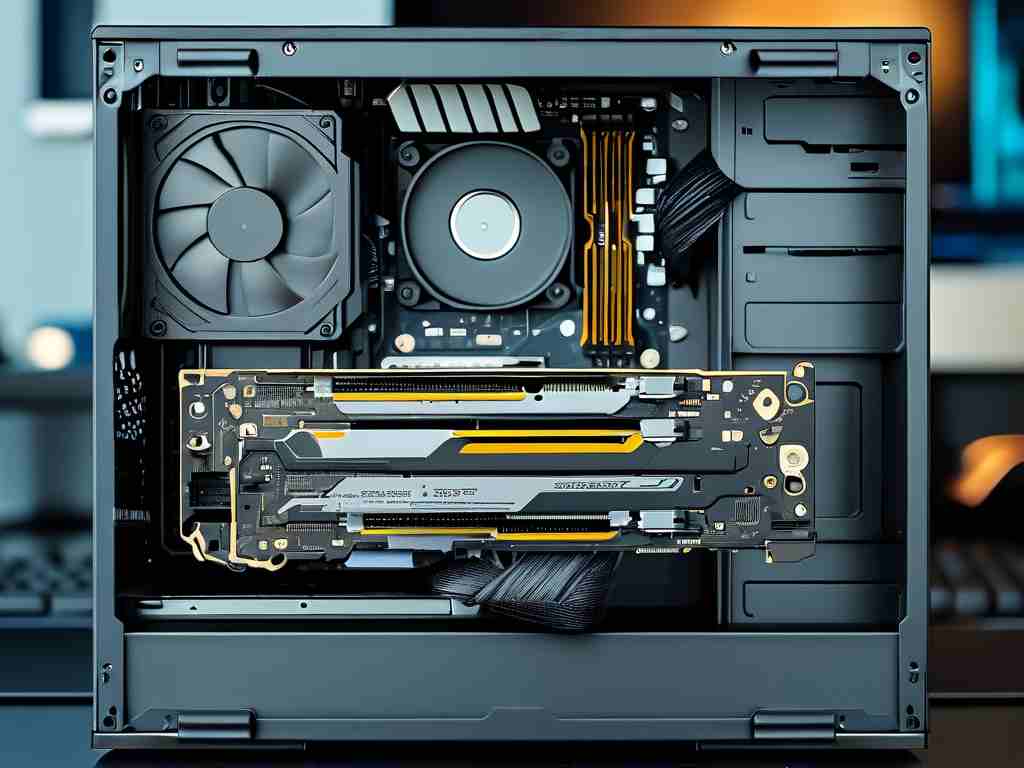In the age of high-resolution cameras and endless photo opportunities, managing device storage has become a critical challenge. Whether you’re a casual smartphone photographer or a professional using DSLRs, running out of memory mid-shoot is a universal frustration. This article explores practical strategies to optimize photo storage without compromising quality or losing cherished memories.

Understanding Storage Basics
Every photo captured occupies physical space on your device’s storage drive. A single 12MP smartphone image averages 3-5MB, while RAW files from professional cameras can exceed 30MB. Over time, these files accumulate, slowing down devices and limiting new captures. Recognizing this balance between quality and quantity is the first step toward effective memory management.
Leverage Cloud-Based Solutions
Cloud services like Google Photos, iCloud, and Amazon Photos offer seamless synchronization between devices and secure off-device storage. By enabling automatic uploads, users can safely delete local copies while retaining access to their entire library. For those concerned about privacy, self-hosted alternatives like Nextcloud provide similar functionality with full data control.
Selective Deletion Strategies
Develop a routine for reviewing and purging unnecessary files. Start by eliminating duplicates—tools like Duplicate Photo Cleaner or built-in gallery features can automate this process. Next, remove test shots, accidental clicks, and blurry images. For hesitant deleters, create a "Maybe" folder to revisit images after a cooling-off period before permanent removal.
Resolution Optimization Techniques
Modern devices offer adjustable camera settings that significantly impact file sizes. Reducing resolution from 4K to 1080p for video or shooting in HEIF/HEVC format instead of JPEG can cut file sizes by up to 50% without noticeable quality loss. For social media-focused photographers, these compressed formats often provide sufficient quality while preserving storage space.
External Storage Integration
Physical expansion remains a reliable solution. USB OTG drives for smartphones and portable SSDs for cameras offer plug-and-play storage expansion. For iOS users, wireless options like SanDisk iXpand provide similar functionality. Professional photographers should consider establishing a workflow that automatically backs up to external drives during shoots.
Metadata Management
Effective organization reduces storage waste. Implement a consistent naming convention (e.g., YYYY-MM-DD_Event_Sequence) and use EXIF data for sorting. Tools like Adobe Lightroom or free alternatives like Darktable enable batch editing of metadata, making it easier to locate specific images without maintaining multiple copies.
Archival Best Practices
For long-term preservation, consider tiered storage solutions. Keep active projects on fast SSDs, archive completed work on mechanical drives, and maintain cloud backups. The 3-2-1 rule applies perfectly: three total copies, two different media types, one offsite.
AI-Powered Assistance
Modern gallery apps incorporate machine learning for smart organization. Features like automatic face recognition, scene detection, and object identification help users quickly locate images for deletion or editing. Samsung’s Gallery app, for instance, can suggest rarely viewed photos that are prime candidates for archiving.
Future-Proofing Your Workflow
As camera technology advances, storage demands will continue growing. Adopting scalable solutions now prepares users for tomorrow’s challenges. This includes monitoring emerging technologies like DNA data storage and advanced compression algorithms that may revolutionize how we preserve visual memories.
By implementing these strategies, photographers at all levels can maintain creative freedom without constant storage anxiety. The key lies in finding the right balance between accessibility, security, and efficiency—a personalized system that evolves with your photographic journey.









